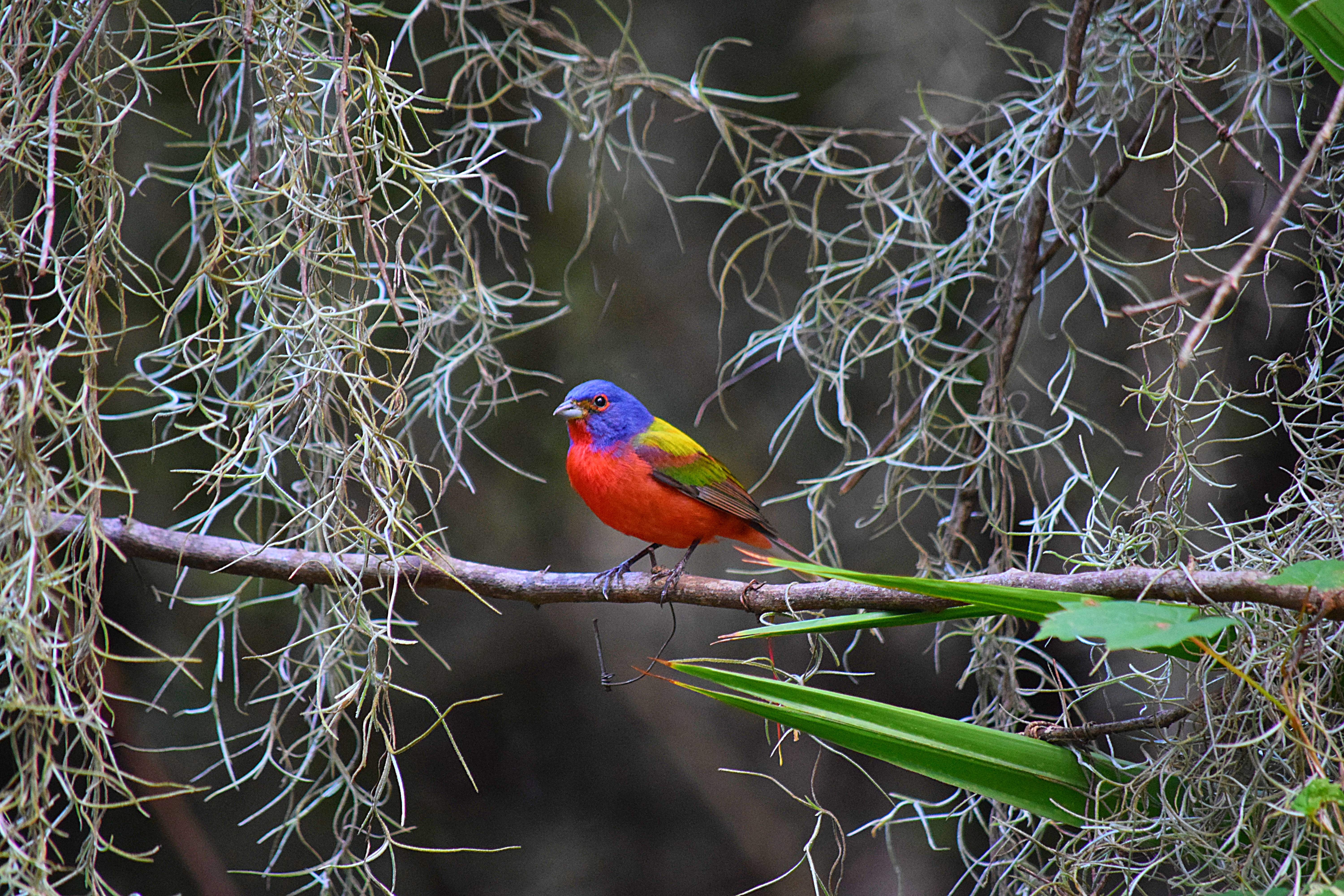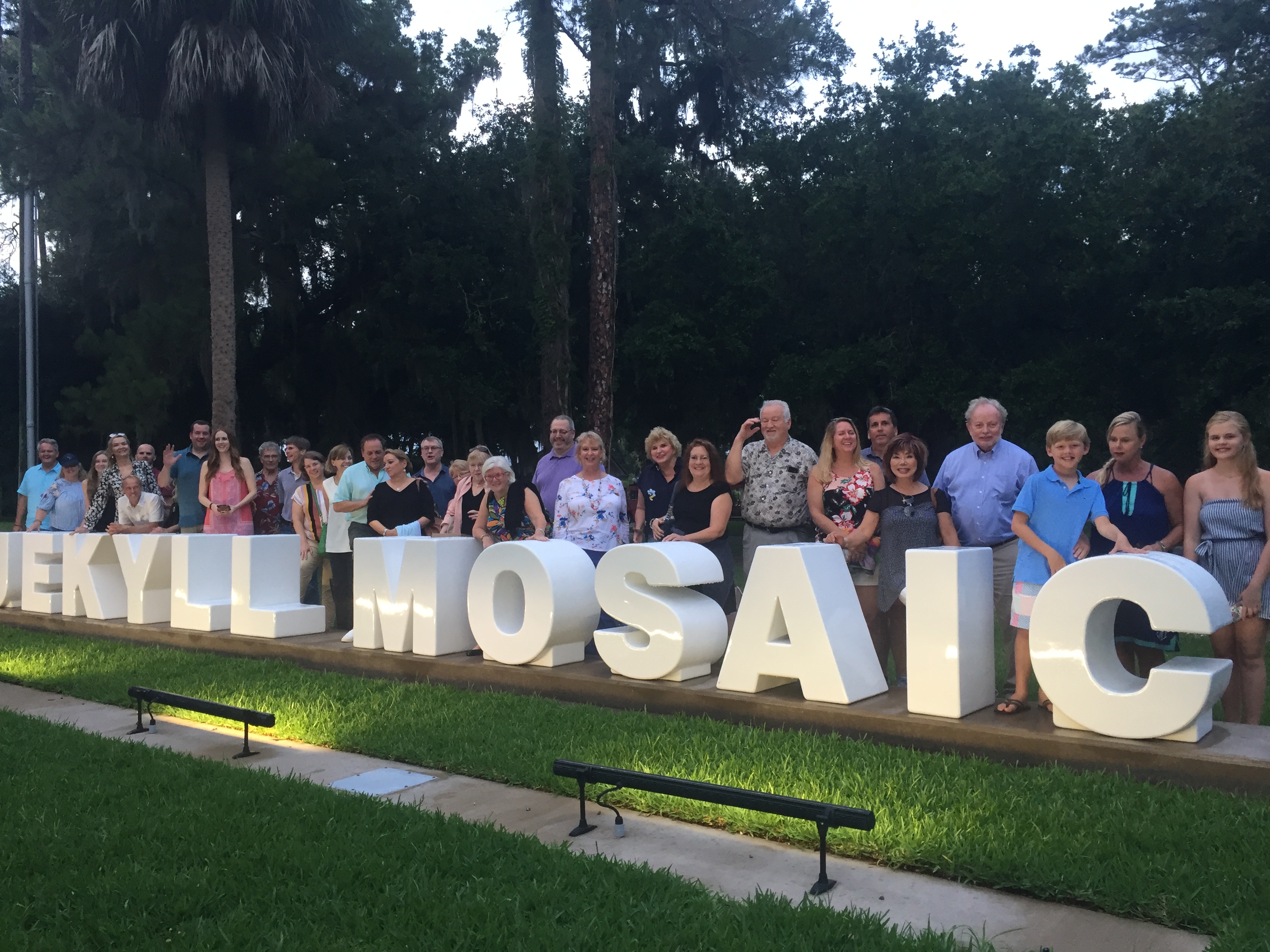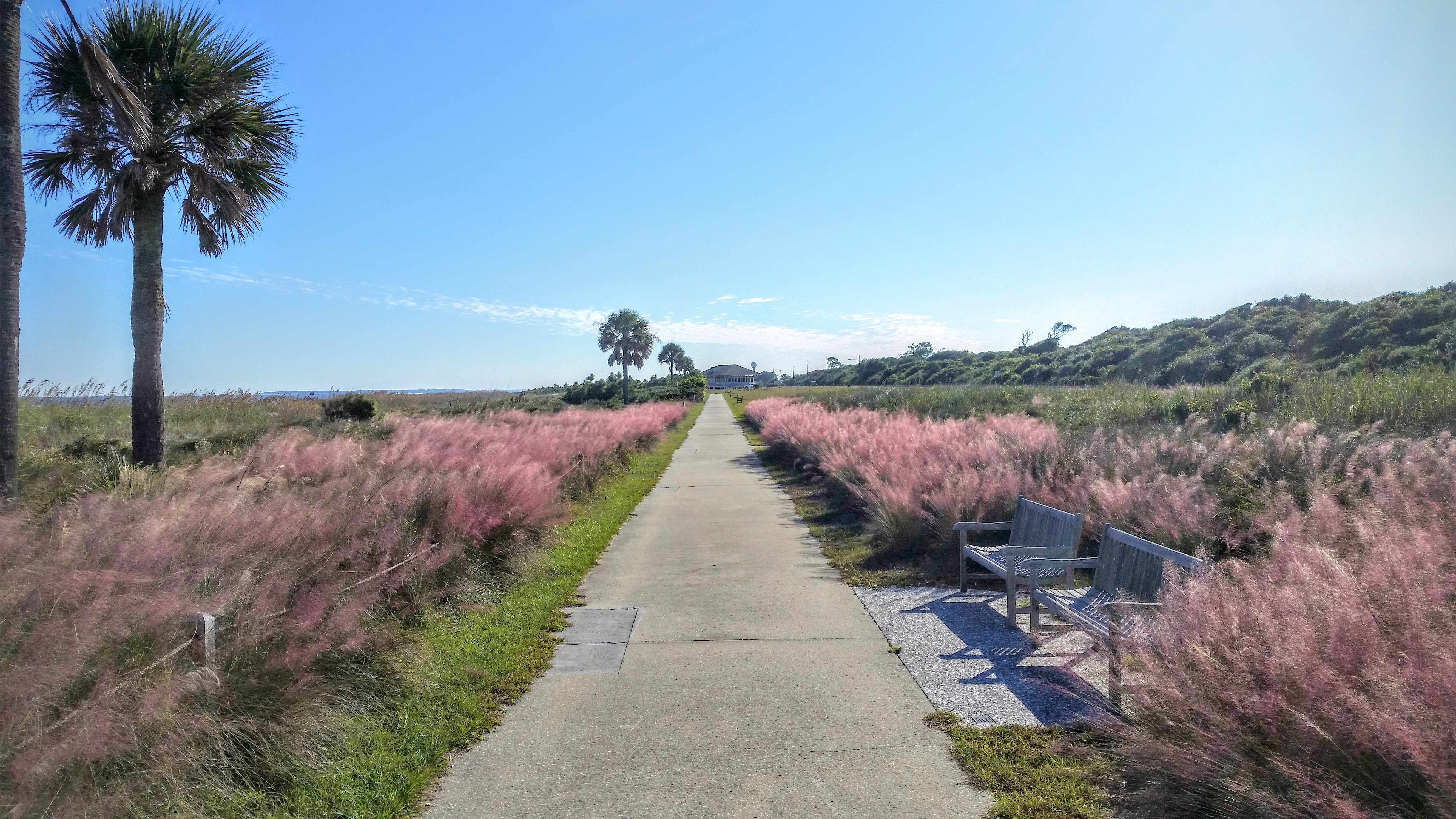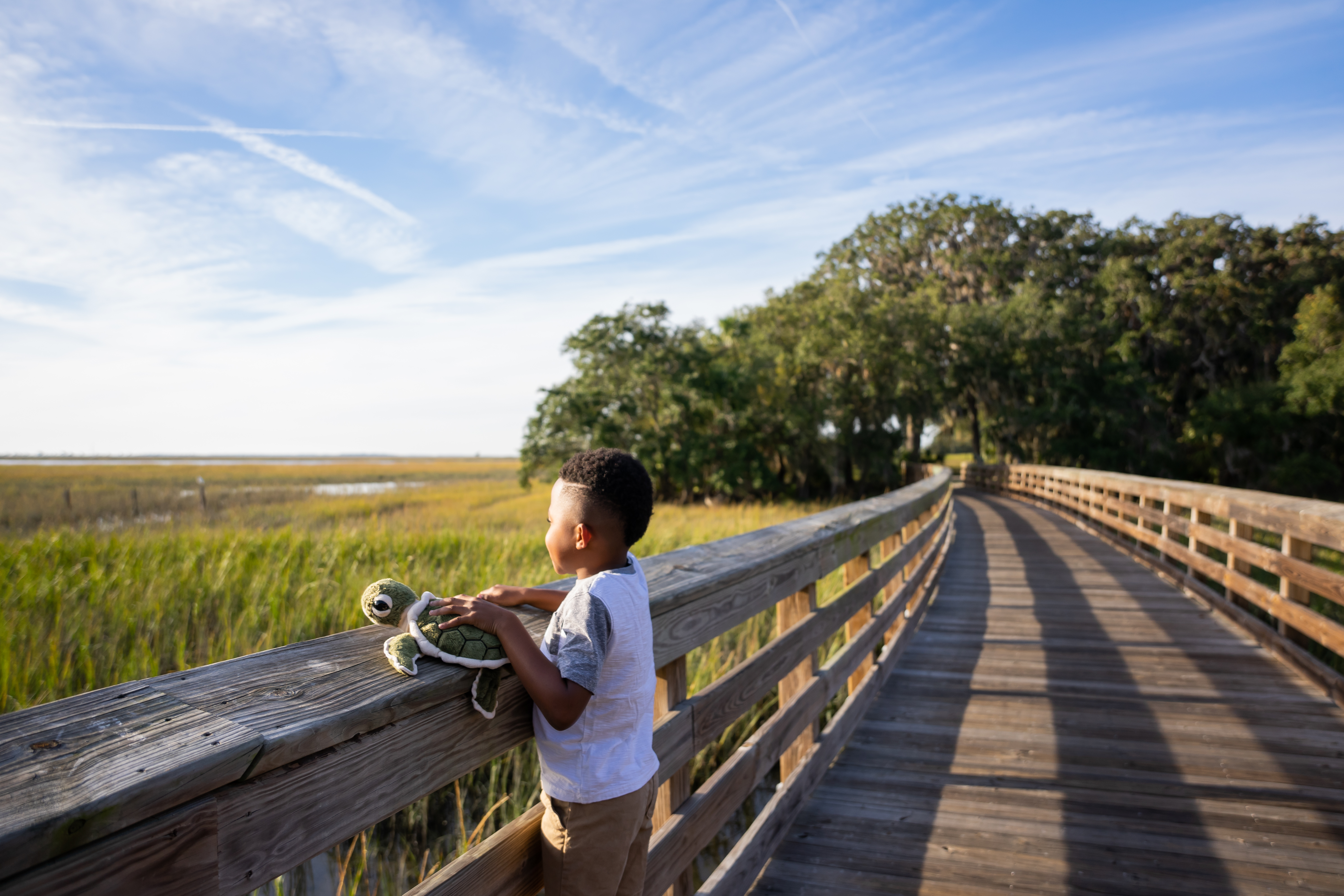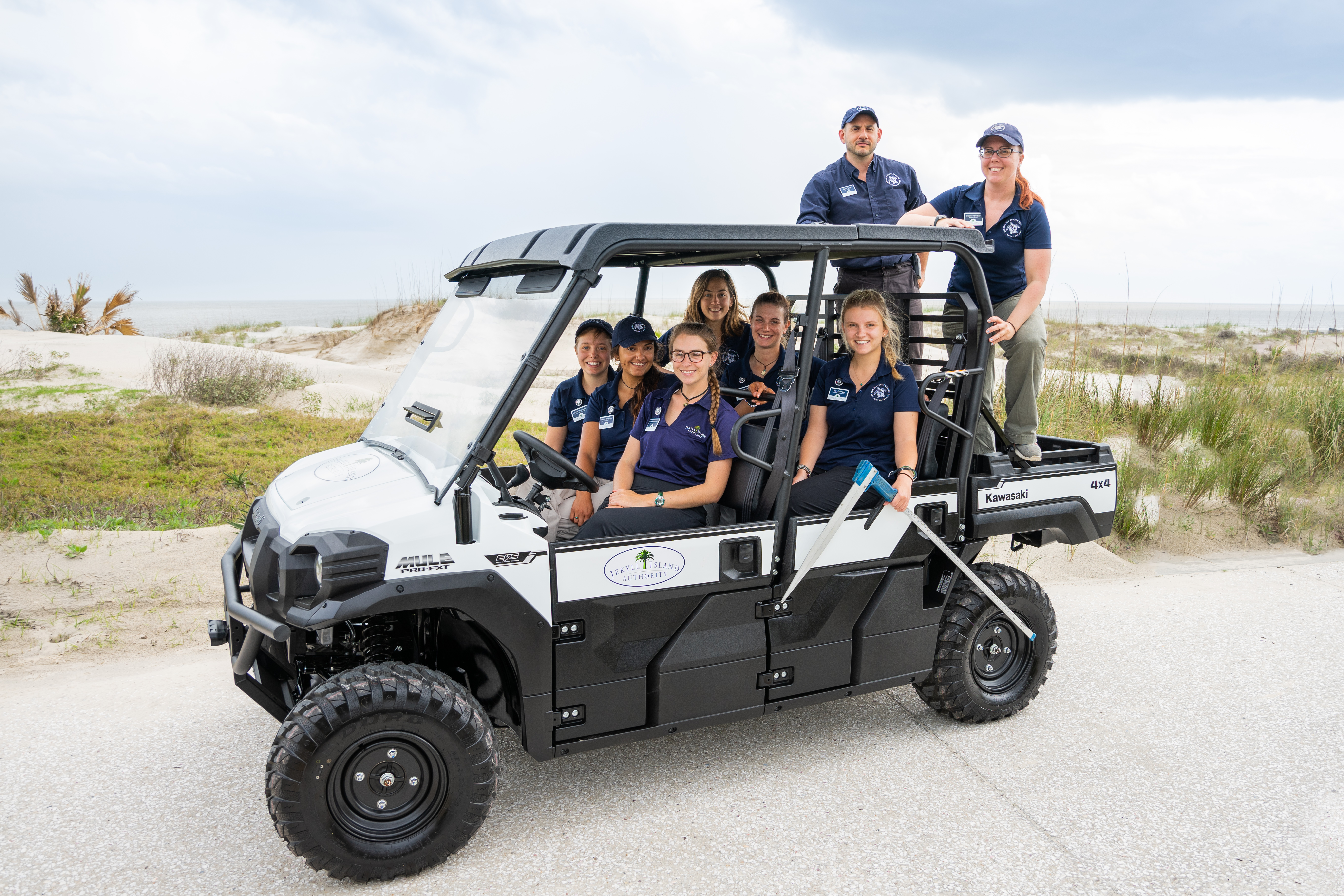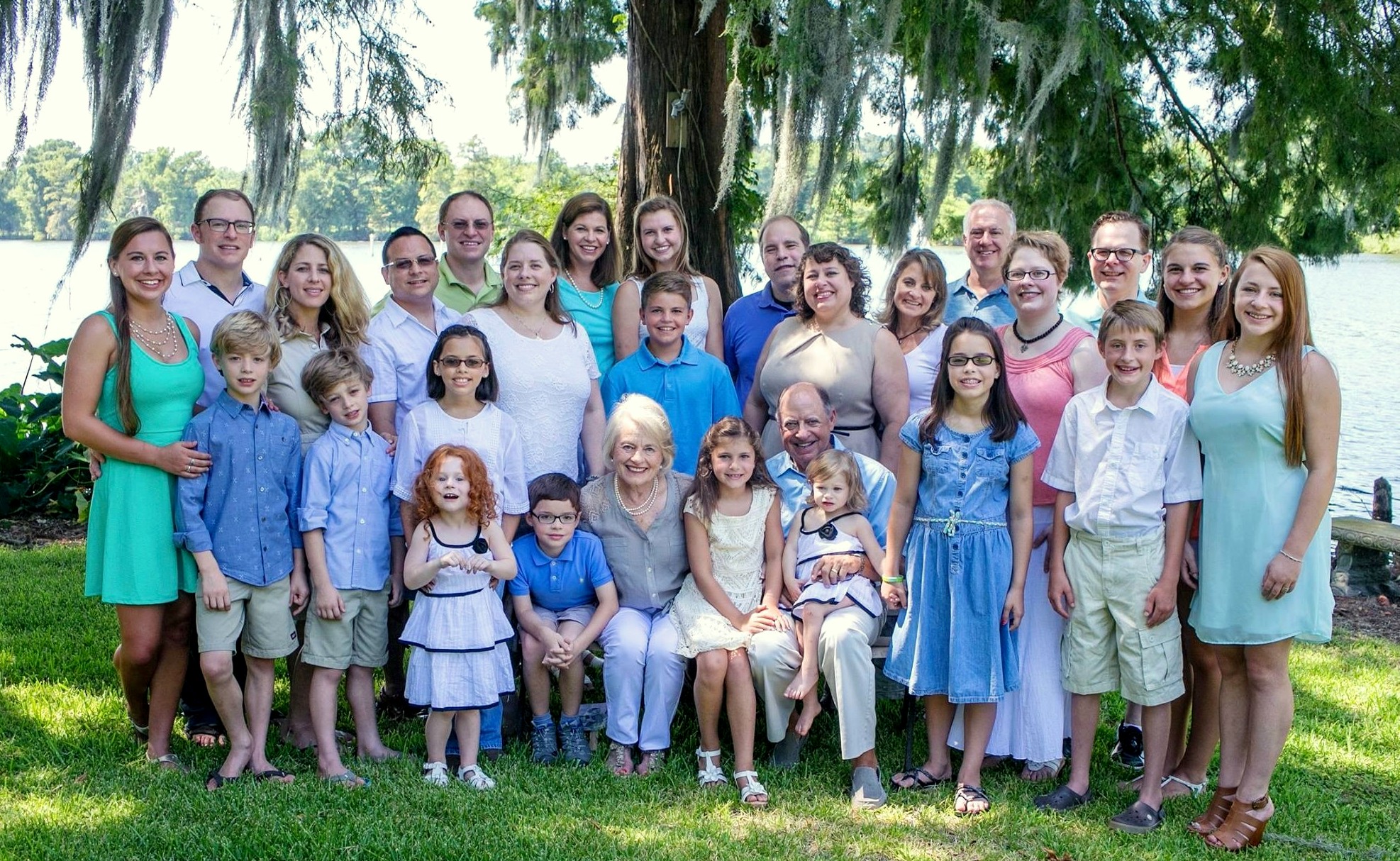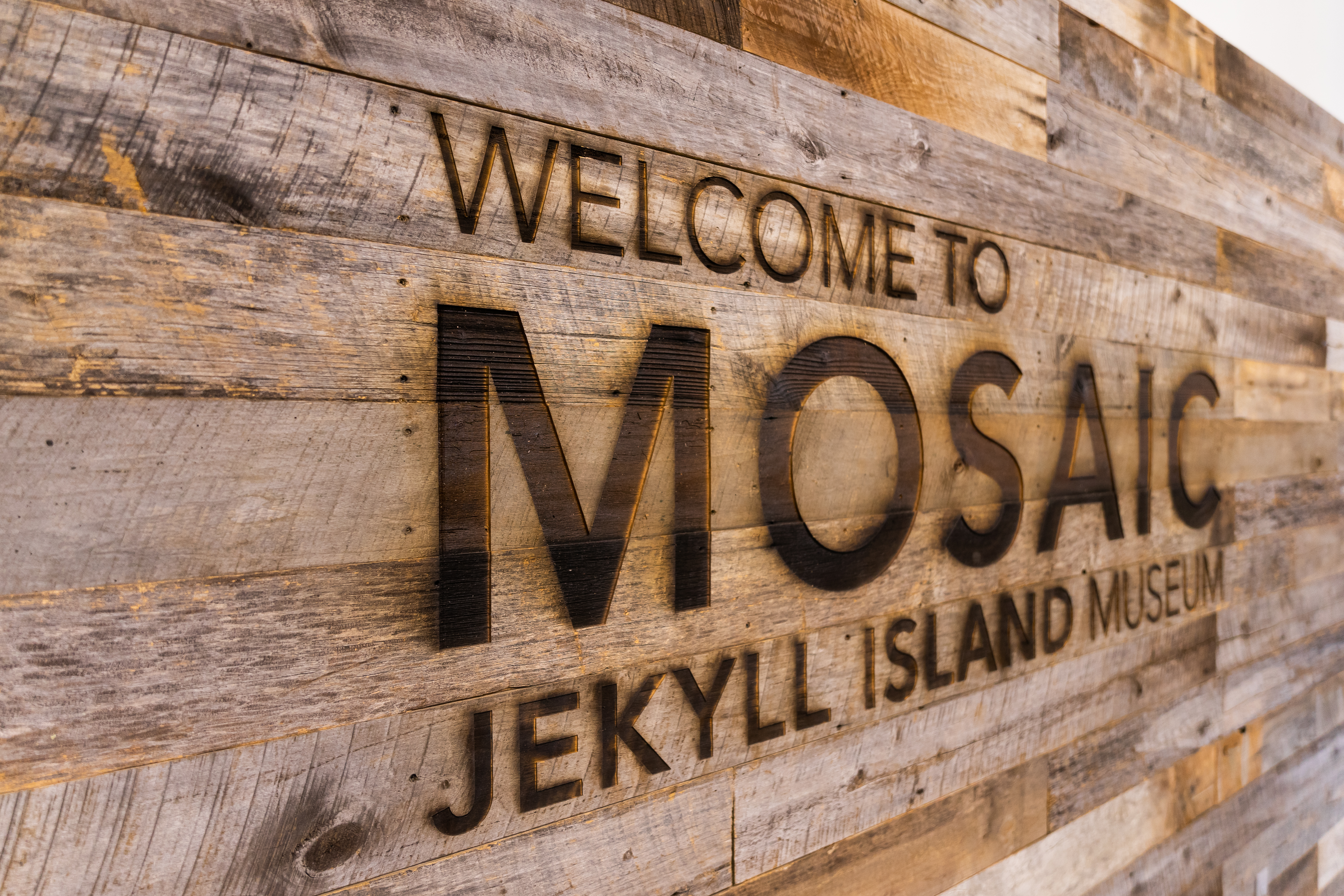by Dr. Terry Norton, JIA Georgia Sea Turtle Center Director and Veterinarian
Pappi was a juvenile green sea turtle that stranded on Driftwood Beach on Jekyll Island on July 29, 2018. Pappi was extremely debilitated and had severe fibropapillomatosis (FP) upon initial evaluation. FP is a condition most commonly found – and most severe – in green sea turtles, which is caused by a herpes virus infection. It does occur in other sea turtle species but with less frequency and severity. One of the manifestations of this disease is tumor-like growths developing on the skin, eyes, bone, and even in internal organs. As you can see from the photos, Pappi had very large tumors all over her skin and eyes (Images 1 & 2). A Cat (CT) scan was performed to rule out internal tumor involvement. Thankfully Pappi did not have internal tumors because if she did, humane euthanasia would have been indicated. If turtles have internal tumors, there is nothing we can do to help them because they continue to seed tumor cells to the skin and other organs. It is thought that the immune system is compromised in turtles that develop tumors, which may occur from pollution, excess nitrogen run off from land into the ocean, and other stressors.
Pappi was treated for dehydration, low glucose and calcium. She was treated with antibiotics initially and throughout the treatment process because secondary bacterial infections are common in turtles with FP. Good nutrition and water quality are essential for turtles undergoing rehabilitation and really were helpful to get some body weight back onto Pappi. Thank you to SeaLife Aquarium/Merlin Entertainment for working with the Jekyll Island Foundation (JIF) to provide funding for 2 new tanks, filtration systems, and other important life support system equipment.
Pappi underwent 5 surgeries to remove all her tumors. We typically limit general anesthesia time for FP surgeries to 1 hour thus it takes several surgeries to remove all the tumors. We use a C02 laser to remove the tumors because it is very quick, and bleeding is much reduced when compared to traditional surgery. Many thanks to JIF and their donors for raising the funds for our C02 laser. We use pain management drugs before and after the surgeries. We have done studies to figure out the correct dosages for both tramadol and meloxicam, drugs commonly used in humans to relieve pain. Thank you to the Georgia Aquarium and Great Lakes Dredge & Dock Co. LLC for providing partial funding for some of these studies.
After several months of surgeries, treatment, and healing Pappi was like a new turtle – fat, sassy, and tumor free (Images 3 & 4). Pappi was recently released off Jekyll Island and did not have any hesitation as she swam away. Pappi is now back in the ocean eating algae and sea grass. Good luck Pappi!
If you would like to support the work of the GSTC to help sea turtles like Pappi, please click here to see how you can help!

